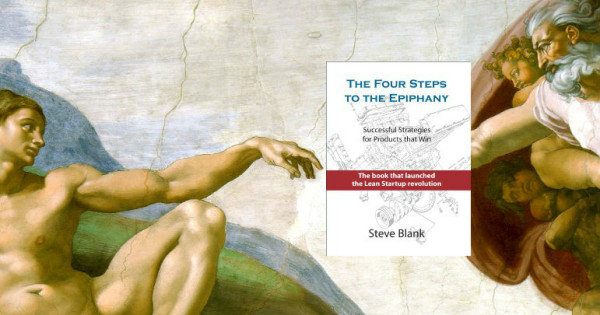-
Using Market Type to Guide Startup Strategy
The Four Steps to the Epiphany by Steve Blank Identifying your market type Understanding your market type is a key success factor for startups and new product development. When creating a new product or service, it’s important to understand whether you are entering an existing market, creating a new one, or trying to carve out a niche. Many of the strategies ... -
Types of Innovation
Innovation isn’t confined to break-out, market-creating, blockbuster products and services. There are innovation types available for each phase of the category life cycle, from growth through maturity and decline, to end of life. Dealing with Darwin by Geoffrey Moore Managing innovation Dealing with Darwin is about managing the internal and external context of innovation. Moore asks: “how can we innovate ... -
The Three Horizons Model and Category Power
Manage your portfolio of businesses or products by using a three horizon model. Horizon 1 are current offerings; Horizon 3 are forward-looking bets; Horizon 2 is the bridge. Escape Velocity by Geoffrey Moore Although most businesses aspire to enter high growth categories, go-to-market considerations often conflict with portfolio management and result in resource allocation to low-growth, but highly material, products and services. ... -
Disruption, Conventions, and Vision
Disruption: Overturning Conventions and Shaking Up the Marketplace by Jean-Marie Dru Writing about advertising and branding, Jean-Marie Dru describes the Disruption method he used at the global advertising agency BDDP Group. Identifying conventions, finding disruptions, and developing a guiding vision form a cycle which can break through creative blocks and create powerful new concepts. Although he focuses on advertising, Dru ... -
Validated Learning
Running Lean by Ash Maurya Validated learning is a cornerstone of the Customer Development and Lean Startup methods. Both approaches define a startup as an institution whose purpose it is to create viable business by learning within a chaotic environment. A startup iterates its way to success by tracking meaningful metrics and creating testable hypotheses about growth and value. The outcomes ... -
Engines of Growth
The Lean Startup: How Today’s Entrepreneurs Use Continuous Innovation to Create Radically Successful Businesses by Eric Ries Validated learning The Lean Startup method is based on validated learning through identification of assumptions (“leaps of faith”) and testing hypothesis through creation of minimum viable products. Eric Ries believes that because of these attributes, entrepreneurship can be learned and taught. He says that ... -
Pivot or Persevere
The Lean Startup: How Today’s Entrepreneurs Use Continuous Innovation to Create Radically Successful Businesses by Eric Ries The Lean Startup method advocates a scientific approach to entrepreneurial management by identifying hypotheses related to one’s product, business model, or engine of growth. Making decisions based on metrics from these experiments is what propels the Lean Startup forward. As the startup learns, ... -
Reaching Escape Velocity
Escape Velocity: Free Your Company’s Future from the Pull of the Past by Geoffrey Moore In Escape Velocity Geoffrey Moore tackles the problem of breaking away from past business practices and market constraints to achieve growth. The fundamental structure within the book is the Hierarchy of Powers, a set of corporate attributes that defines how successful a company can be in its ...







